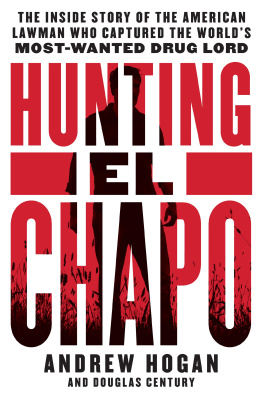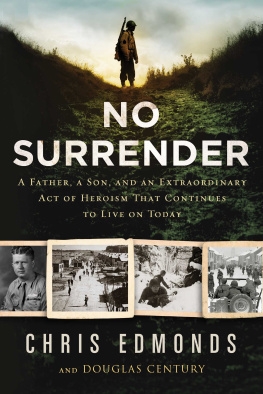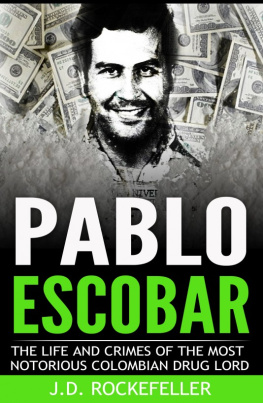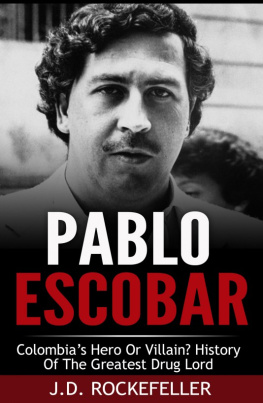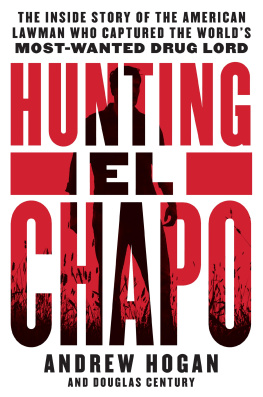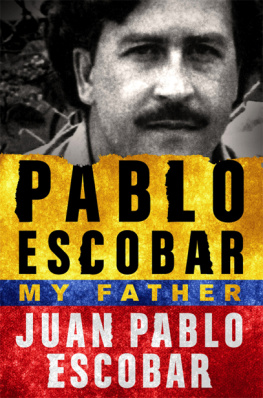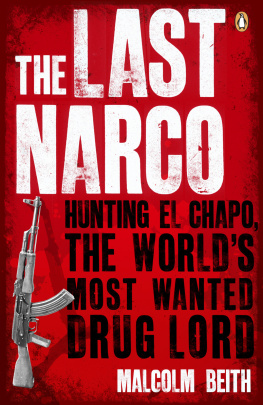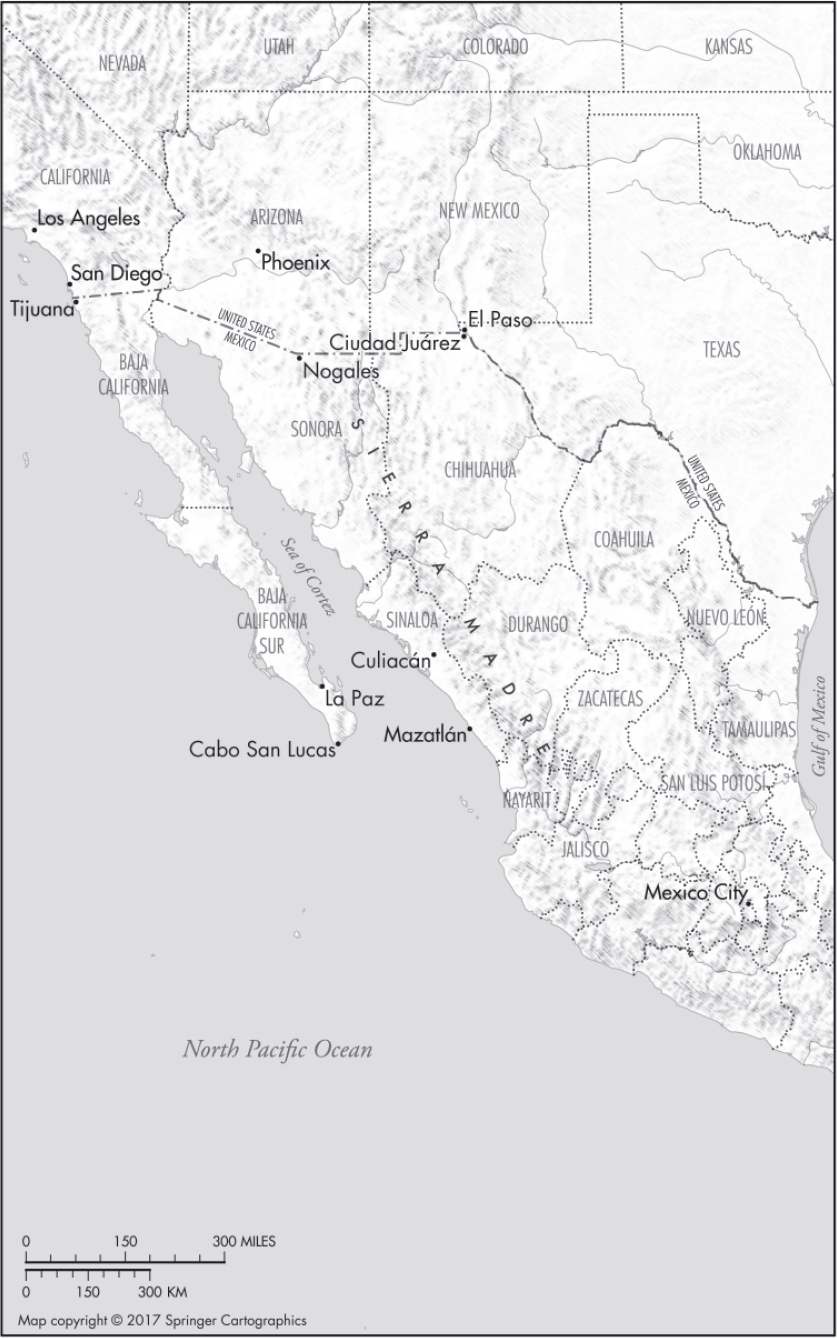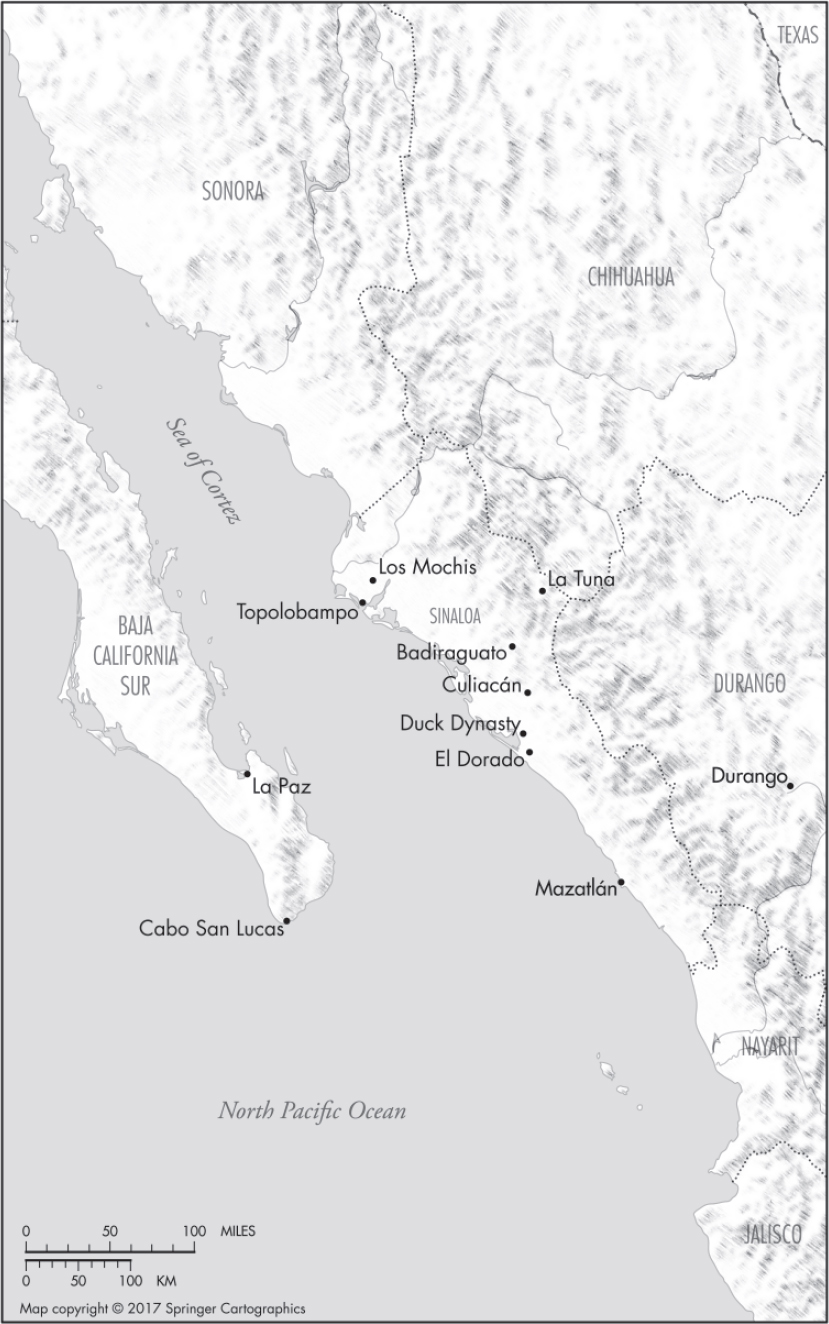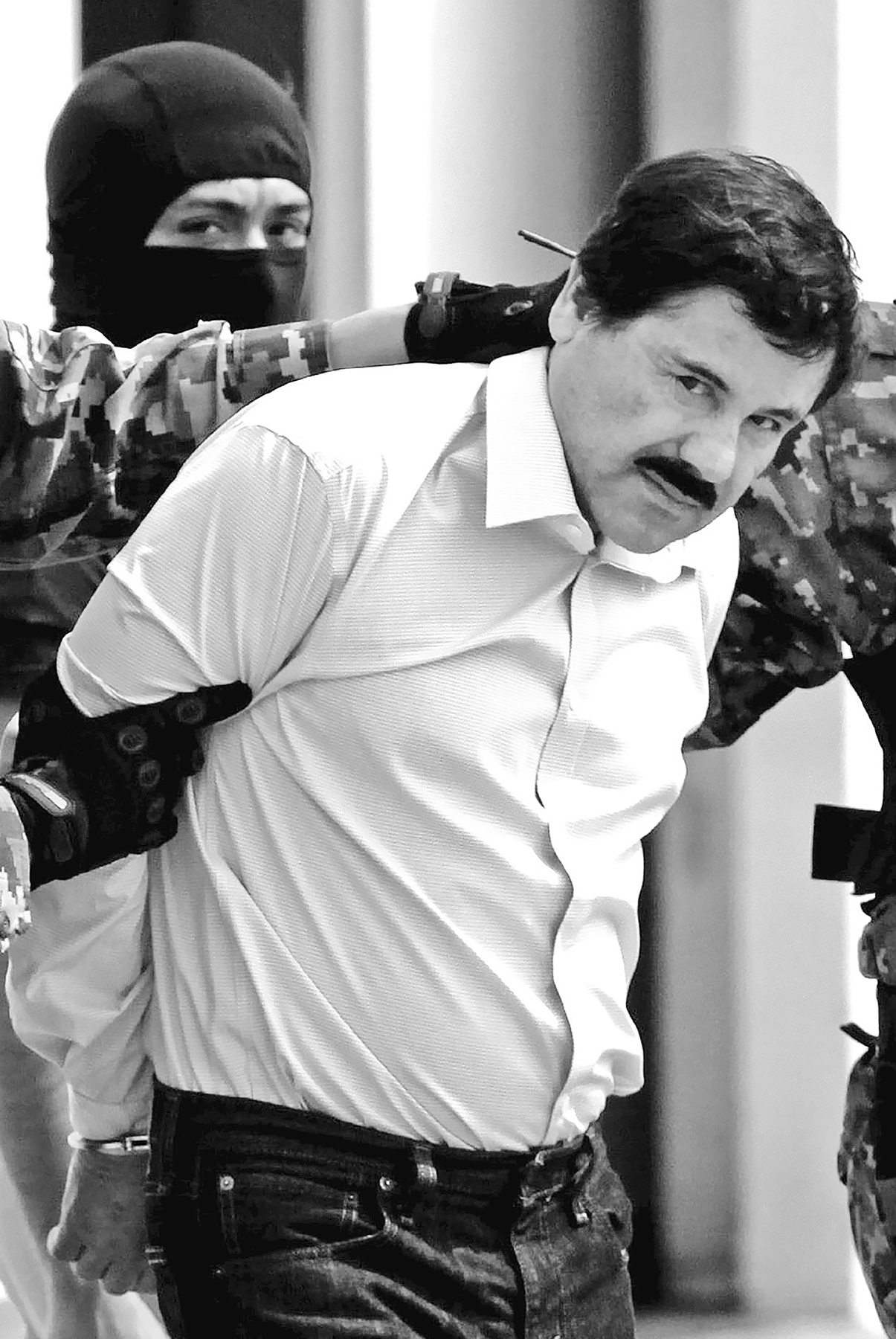This is a work of nonfiction: all the events depicted are true and the characters are real. The names of US law enforcement and prosecutorsas well as members of the Mexican militaryhave been altered, unless already in the public domain. For security reasons, several locations, makes of vehicles, surnames, and aliases have also changed. All dialogue has been rendered to the best of Andrew Hogans recollection.
To my wife and sons.
A.H.
Certainly there is no hunting like the hunting of man and those who have hunted armed men long enough and liked it, never really care for anything else thereafter.
Ernest Hemingway, On the Blue Water, 1936
PHOENIX, ARIZONA
May 30, 2009
I FIRST HEARD THE legend of Chapo Guzmn just after midnight inside Mariscos Navolato, a dimly lit Mexican joint on North 67th Avenue in the Maryvale section of West Phoenix. My partner in the DEA Narcotic Task Force, Diego Contreras, was shouting a translation of a song into my ear:
Cuando naci pregunt la partera
Le dijo como le van a poner?
Por apellido l ser Guzmn Loera
Y se llamar Joaqun
When he was born, the midwife asked, What are they gonna name the kid? Diego yelled, his breath hot and sharp with the shot of Don Julio hed just downed. The last names Guzmn Loera, and theyre gonna call him Joaqun...
Diego and I had been working as partners in the Phoenix Task Force since early 2007, and two years later we were like brothers. I was the only white guy inside Mariscos Navolato that May night, and I could feel every set of eyes looking me up and down, but sitting shoulder to shoulder with Diego, I felt at ease.
Diego had introduced me to Mexican culture in Phoenix as soon as we met. Wed eat birria out of plastic bowls in the cozy kitchen of some seoras home that doubled as a makeshift restaurant and order mango raspados from a vendor pushing a cart across the street, all while listening to every narcocorrido Diego had in his CD collection. Though I clearly wasnt from Mexico, Diego nevertheless told me I was slowly morphing into a geroa light-skinned, blond-haired, blue-eyed Mexicanand soon no one would take me for a gringo.
The norteo was blaringLos Jaguares de Culiacn, a four-piece band on tour in the Southwest, straight from the violent capital of the state of Sinaloa. The polka-like oompa-loompa of the tuba and accordion held a strange and contagious allure. I had a passing knowledge of Spanish, but Diego was teaching me a whole new language: the slang of the barrios, of the narcos, of war zones like Ciudad Jurez, Tijuana, and Culiacn. What made these narcocorridos so badass, Diego explained, wasnt the rollicking tuba, accordion, and guitarit was the passionate storytelling and ruthless gunman attitude embodied in the lyrics.
A dark-haired waitress in skintight white jeans and heels brought us a bucket filled with cold bottles of La Cerveza del Pacifico. I grabbed one out of the ice and peeled back the damp corner of the canary-yellow label. Pacifico: the pride of Mazatln. I laughed to myself: we were in the heart of West Phoenix, but it felt as if wed somehow slipped over the border and eight hundred miles south to Sinaloa. The bar was swarming with traffickersDiego and I estimated that three-quarters of the crowd was mixed up somehow in the cocaine-weed-and-meth trade.
The middle-aged traffickers were easy to spot in their cowboy hats and alligator bootssome also worked as legit cattle ranchers. Then there were narco juniorsthe new generationwho looked like typical Arizona college kids in Lacoste shirts and designer jeans, though most were flashing watches no typical twenty-year-old could afford.
Around the fringes of the dance floor, I spotted a few men who looked as if theyd taken a life, cartel enforcers with steel in their eyes. And scattered throughout the bar were dozens of honest, hardworking citizenshouse painters, secretaries, landscapers, chefs, nurseswho simply loved the sound of these live drug balladeers from Sinaloa.
Diego and I had spent the entire day on a mind-numbing surveillance, and after ten hours without food, I quickly gulped down that first Pacifico, letting out a long exhale as I felt the beer hit the pit of my stomach.
Mis hijos son mi alegra tambin mi tristeza, Diego shouted, nearly busting my eardrum. My sons are my joyalso my sadness. Edgar, te voy a extraar, Diego sang, in unison with the Jaguares bandleader. Edgar, Im gonna miss you.
I glanced at Diego, looking for an explanation.
Edgar, one of Chapos kids, was gunned down in a parking lot in Culiacn, Diego said. He was the favorite son, the heir apparent. When Edgar was murdered, Chapo went ballistic. That pinche cabrn fucked up a lot of people...
It was astonishing how Diego owned the room. Not with his sizehe was no more than five foot fivebut with his confidence and charm. I noticed one of the dancers flirting with him, even while she was whirling around with her cowboy-boot-wearing partner. Diego wasnt a typical T-shirt-and-baggy-jeans narcotics cophed often dress in a pressed collared shirt whether he was at home or working the streets.
Diego commanded respect immediately whenever he spokeespecially in Spanish. He was born on the outskirts of Mexico City, came to Tucson with his family when he was a kid, and then moved to Phoenix and became a patrolman with the Mesa Police Department in 2001. Like me, he earned a reputation for being an aggressive street cop. Diego was so skilled at conducting drug investigations that hed been promoted to detective in 2006. One year later, he was hand-selected by his chief for an elite assignment to the DEA Phoenix Narcotic Task Force Team 3. And that was when I met him.
From the moment Diego and I partnered up, it was clear that our strengths complemented one another. Diego had an innate street sense. He was always working someone: a confidential informant, a crookeven his friends. He often juggled four cell phones at a time. The undercover rolefront and center, doing all the talkingwas where Diego thrived. While I loved working the street, Id always find myself in the shadows, as I was that night, sitting at our table, taking mental note of every detail, studying and memorizing every face. I didnt want the spotlight; my work behind the scenes would speak for itself.
Diego and I had just started targeting a Phoenix-based crew of narco juniors suspected of distributing Sinaloa Cartel cocaine, meth, and large shipments of cajetahigh-grade Mexican marijuanaby the tractor-trailer-load throughout the Southwest.
Though we werent planning to engage the targets that night, Diego was dressed just like a narco junior, in a black Calvin Klein button-down shirt, untucked over midnight-blue jeans, and a black-faced Movado watch and black leather Puma sneakers. I looked more like a college kid from California, in my black Hurley ball cap, plain gray T-shirt, and matching Diesel shoes.
My sons are my joy and my sadness, I repeated to myself silently. This most popular of the current narcocorridosRoberto Tapias El Nio de La Tunapacked a lot of emotional punch in its lyrics. I could see the passion in the eyes of the crowd, singing along word for word. It seemed to me that they viewed El Chapo as some mix of Robin Hood and Al Capone.

